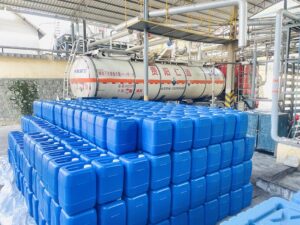
What is sodium tripolyphosphate used for?
Sodium tripolyphosphate (STPP) is a multifunctional additive: it preserves moisture in seafood, prevents spoilage in processed meats, and boosts detergent efficiency. Is it safe? Find out here.
The migration of sodium tripolyphosphate (STPP) in water presents four-dimensional spatiotemporal characteristics:
• Vertical diffusion: Driven by a hydraulic gradient, a concentration gradient field is formed along the river channel (diffusion rate of 0.3-1.2 m/s).
• Vertical infiltration: Through the exchange of sediment-water interface, 3-8 mg/cm² phosphorus load is transported to the sediment annually.
• Colloid carrying: Forms a complex with a particle size of <450 nm with humic acid (binding constant K=10³.² L/mol).
• Biological carrier transport: Algal extracellular polymers (EPS) can adsorb 23%-67% of soluble phosphate.
At redox potential (Eh= -180~+220 mV) under the control of chain transformation:
• Hydrolysis stage: STPP→pyrophosphate→orthophosphate (half-life 5-28 days, pH-dependent).
• Mineralization lock: Fe³⁺/Al³⁺ co-precipitation to form violet iron (Vivianite) lattice (Ksp=10⁻³⁶).
• Bioactivation: Phosphatase catalyzes organophosphorus cleavage (Vmax=4.7 μmol/(mg·h)).
• Photochemical transformation: UV radiation triggers ligand-metal charge transfer (quantum yield Φ=0.18).
Φ=∫(C·v·A)dt + Σk_i[P]_i (C: concentration field; v: velocity tensor; A: cross-sectional area; k_i: morphological transformation rate).
| Control Factor | Threshold Range | Response Function |
|---|---|---|
| Available phosphorus concentration | 0.02-0.05 mg/L | Michaelis-Menten type (Km=0.032 mg/L) |
| N/P ratio | 12-16 (Redfield threshold) | Piecewise linear response |
| Water temperature | 20-25℃ (optimum for cyanobacteria) | Arrhenius equation (Ea=56 kJ/mol) |
| Light intensity | 3000-5000 lux | Photoinhibition inflection point model |
• Primary oxygen consumption stage: Algal respiration (Q₁₀=2.3) consumes 30%-45% DO.
• Secondary oxygen consumption stage: Dead algae decomposition (BOD₅=120-180 mg/L).
• Chain reaction stage:
• Sulfide oxidation (ΔDO= -4.57 mg/mg S²⁻).
• Iron and manganese cycle (Fe²+ oxidation oxygen consumption when Eh<0).
• Anaerobic methane oxidation (CH₄ + 2O₂ → CO₂ + 2H₂O).
d[DO]/dt = k_reaeration(C_s – C) – Σk_iB_i (C_s: saturated DO; B_i: biomass of each oxygen-consuming unit; k_i: reaction rate constant).
Thermocline formation leads to:
• The DO decline rate of the lower water body reaches 0.8-1.2 mg/(L·h).
• pH fluctuation range in algae accumulation area ΔpH=1.5-2.0.
• Sulfide concentration sudden increase threshold: 0.03 mg/L triggers benthic organism escape.
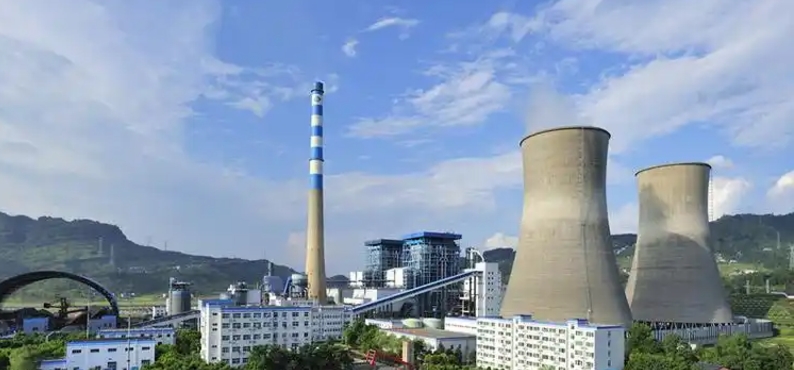
The difference in phosphorus forms directly affects the metabolism and survival of aquatic organisms. Inorganic phosphorus (such as PO₄³⁻) can stimulate explosive proliferation of algae at low concentrations. In contrast, organic phosphorus (such as phospholipid compounds) can penetrate cell membranes through lipid solubility, accumulate in fish livers, and induce oxidative stress damage. The study found that when the total phosphorus concentration in the water body exceeded 0.05 mg/L, the egg-hatching rate of cladoceran zooplankton decreased by 40%, resulting in a sharp decrease in the biomass at the bottom of the food chain; benthic shellfish had ion regulation dysfunction due to the adsorption of phosphorus particles by gill filaments, and their mortality rate was exponentially related to the phosphorus content in the sediment (R²=0.87).
The hypoxic environment driven by eutrophication forced the benthic community to undergo succession. Oligochaete worms (such as earthworms) became dominant species because of their tolerance to hypoxic conditions. Their bioturbation accelerated the release of endogenous phosphorus in sediments, forming a positive feedback loop of “algae-hypoxia-phosphorus regeneration.” At the same time, the disappearance of sensitive species, such as larvae of Ephemeroptera insects, led to the rupture of the benthic-water layer material exchange channel, and the self-purification capacity of the ecosystem decreased by more than 50%. The reconstruction process showed three-stage characteristics: the initial stage (<3 years) was dominated by the expansion of pollution-tolerant species, the mid-term (3-10 years) saw the replacement of functional groups, and the long-term (>10 years) tended to a simplified steady state.
Industrial phosphorus emissions show significant industry heterogeneity: organic phosphorus accounts for up to 65% of wastewater in delicate chemical plants (mainly alkyl phosphates), the pharmaceutical industry emits halogenated phosphorus compounds such as trichloride (half-life>120 days), and food processing wastewater is rich in polyphosphates (peak concentration of 80 mg/L). Geographic information models show that the clustering belt of electronic electroplating enterprises in the Yangtze River Delta region has formed a basin-wide phosphorus pollution hotspot, and its emission flux is 2-3 orders of magnitude higher than the background value.
The traditional chemical precipitation method has a removal rate of less than 30% for complexed phosphorus, and the phosphorus-containing sludge (water content 85%) has a secondary release risk. In the biologically enhanced phosphorus removal process, polyphosphate bacteria (PAOs) are sensitive to fluctuations in the carbon-phosphorus ratio, and their metabolic activity decreases by 60% when BOD/TP<20. Deep treatment technologies such as ion exchange resins are easily contaminated by organic matter, increasing operating costs by 45%. However, the emerging electrocatalytic oxidation technology can degrade organic phosphorus; the electrode life is only 800-1200 hours. Small and medium-sized enterprises generally face pain points such as long investment payback period (>8 years) of modular phosphorus removal equipment and lack of intelligent control of reagent addition.
Based on the non-renewable characteristics of phosphorus resources, the new generation of phosphorus recovery system adopts the “graded extraction-directional polymerization-closed loop reuse” technology chain and realizes the cascade recovery of more than 85% of phosphorus in sewage through the combination of physical and chemical methods (such as struvite crystallization) and biological adsorption method (extracellular polymer extraction of cyanobacteria).
The construction of the digital twin platform includes three core modules:
• Dynamic perception layer: Deploy distributed fiber optic phosphorus concentration sensors and algae biosensors to achieve sub-meter spatial resolution monitoring of phosphorus migration paths.
• Metabolic simulation layer: Build a phosphorus form transformation prediction model based on the LSTM neural network, and the training set covers 12 water body pH/Eh combination scenarios.
• Optimization decision layer: Develop a multi-objective genetic algorithm to dynamically optimize between phosphorus recovery rate (≥90%), operating cost (≤0.8 yuan/m³), and carbon footprint (≤1.2kg CO₂e/kg P).
Pilot data from the Tiel sewage treatment plant in the Netherlands showed that the system reduced the energy consumption of phosphorus recovery by 37% while generating high-purity iron phosphate products (FePO₄·2H₂O purity 99.3%), successfully connecting with the regional phosphate fertilizer industry chain.
The EU promotes phosphorus management innovation through a three-level control system:
• Emission constraint end: Revise the “Urban Wastewater Treatment Directive” (91/271/EEC 2026 version), requiring sewage treatment plants with more than 50,000 equivalent population to install online phosphorus monitoring equipment before 2029.
• Market regulation end: Implement a differentiated phosphorus tax collection policy, and enterprises with a phosphorus recovery rate > 75% enjoy a 35% tax deduction.
• Technology innovation end: Establish a Horizon Europe special fund to fund the development of low-carbon phosphorus removal technologies such as micro interface reactors (MIR).
| Phase | Technology Route | Cost Control Mechanism |
|---|---|---|
| Transition period | Chemical precipitation + artificial wetland combination process | EU structural funds cover 40% of the investment. |
| Upgrade period | Modular magnetic separation equipment | Carbon emission rights pledge financing |
| Stable period | Cloud platform managed intelligent dosing system | Product eco-label premium compensation |
A survey of Belgian SMEs shows that the compliance transformation cost of enterprises adopting this path has dropped by 52%, the phosphorus emission compliance rate has increased from 63% to 91%, and they have obtained REACH regulation exemption qualifications.
The new polycarboxylic acid/aminophosphoric acid chelating agent achieves specific capture of metal ions through β-diketone groups, and its photolysis half-life is 75% shorter than traditional EDTA (pH=7, 25℃). XANES characterization shows that chelated phosphorus undergoes three stages of coordination reconstruction-oxidative bond breaking-mineralization in the UV/H2O2 system, among which the energy barrier of hydroxyl radical attack on the C-P bond is reduced to 68.9 kJ/mol.
The engineered strain of Cupricobacterium based on CRISPR-Cas12a increases the mineralization rate of organic phosphorus by 3.2 times by overexpressing the phnCDE phosphorus transport operon and reconstructing the TCA cycle node. Metagenomic analysis revealed that the activity of 2-keto-4-pentenoate lyase in the engineered strain was enhanced, promoting the coupling of C-P bond breaking and acetyl-CoA generation.
For every 1°C increase in water temperature, cyanobacteria’s intracellular alkaline phosphatase activity increases by 18%, accelerating sediment phosphorus release. The CMIP6 model shows that under the RCP8.5 scenario, the duration of lake thermal stratification is extended by 23 days, promoting a 41% increase in the Fe-P reduction flux in the anaerobic zone of the bottom mud. The simultaneous increase in CO2 concentration increases the carboxylation efficiency of the Microcystis Rubisco enzyme by 32%, forming a positive feedback of algal blooms.
The EU’s Trans-Basin Phosphorus Budget Trading System establishes a mechanism for replacing phosphorus quotas between basins and realizes cross-border pollution tracing through satellite remote sensing inversion and VOSM (virtual observation station model). The IPCC’s Sixth Assessment Report incorporates eutrophication into the climate-water-food nexus assessment system, promotes the establishment of a phosphorus flux baseline database in the Global Lake Declaration 2028, and requires member states to submit a systematic assessment report based on the DPSIR model every 5 years.

Sodium tripolyphosphate (STPP) is a multifunctional additive: it preserves moisture in seafood, prevents spoilage in processed meats, and boosts detergent efficiency. Is it safe? Find out here.

Sodium Tripolyphosphate (STPP) is a versatile phosphate additive derived from phosphoric acid, widely used in detergents, food preservation, and industrial processes.

Sodium tripolyphosphate (STPP) and various other phosphate ingredients prevail in today’s food landscape– but just how much do we truly know about what we’re taking in?
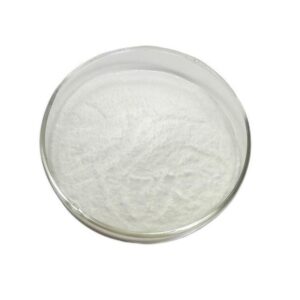
Sodium Tripolyphosphate (STPP) serves as a versatile water softener and preservative with applications across food processing and detergent manufacturing industries.
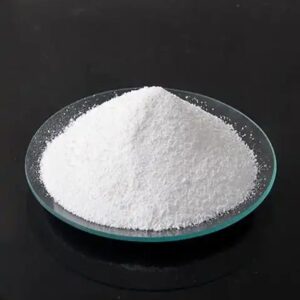
Sodium Tripolyphosphate (STPP) is a widely used sodium-based compound critical in various industries, from detergents and water treatment to food processing and pharmaceuticals.
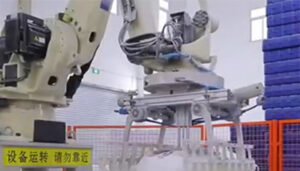
Sodium tripolyphosphate (STPP) is an essential additive used in many industries, and its market is evolving due to environmental and economic trends.
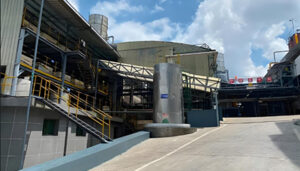
Goway Fuquan has built a leading “central kitchen” for the deep processing of yellow phosphorus slag, transforming waste into valuable products. Through innovative approaches, the company is enhancing its green development initiatives, driving both environmental and economic growth.
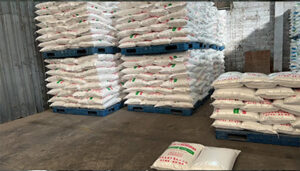
Sodium Tripolyphosphate (STPP) revolutionized detergents but caused eutrophication. Discover its history, environmental bans, and modern phosphate-free alternatives.
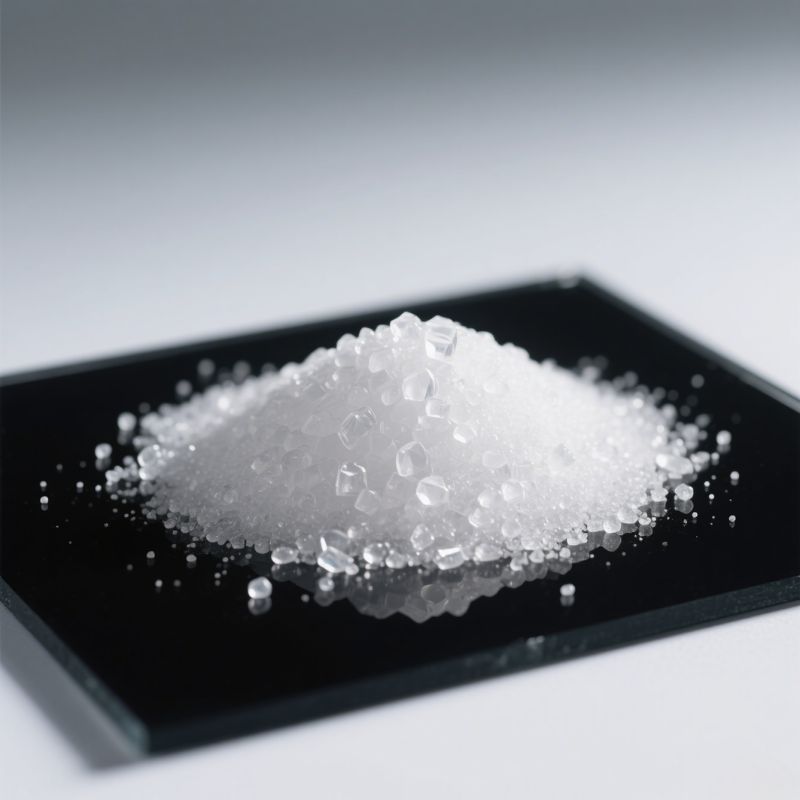
A professional and educational overview of tripolyphosphate (STPP), explaining its composition, manufacturing process, applications, safety profile, and sustainability trends.

This guide provides insights into the technological advances, regulatory frameworks, and cost factors affecting food and aquatic products, highlighting sustainability challenges and opportunities in 2025.

This guide covers the uses, benefits, risks, dosages, and health concerns of polyphosphates in food, with an overview of regulatory standards and emerging alternatives.
WhatsApp us